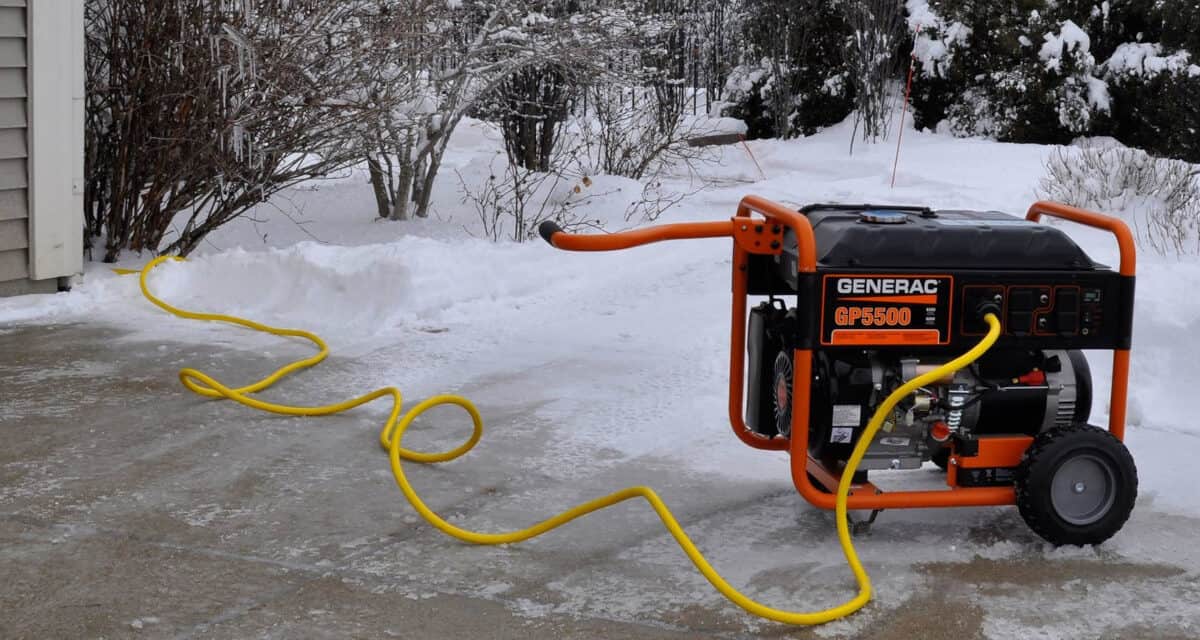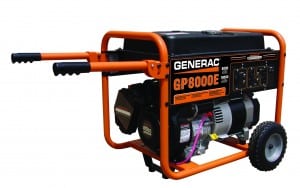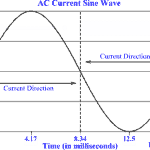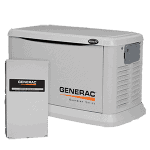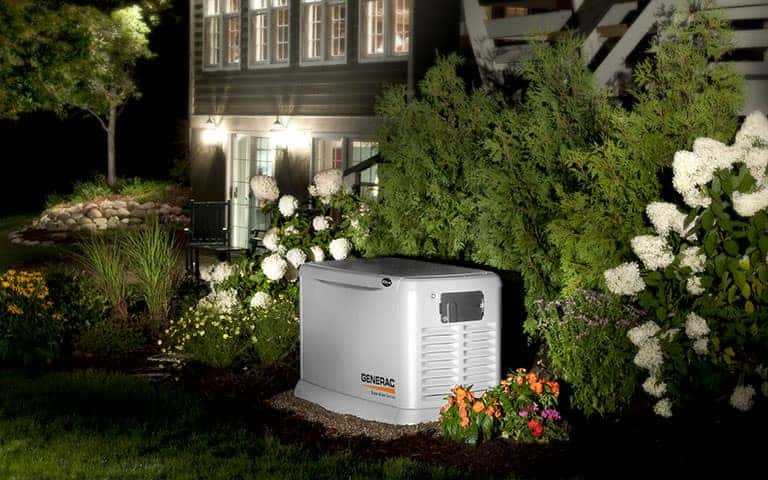Portable generators make a lot of sense when you need power where there is none available. Job sites without utility service, campgrounds that lack electrical hookups, picnics, tailgating, and anywhere else that can’t be reasonably reached with an extension cord.
Fortunately, portable generators are available with capacities that range from less than 1000 watts to more than 15,000 watts. Whether you need a little power at a campsite or a lot of power on the job, there are portable generators designed to fit nearly every need.
Power Quality
Portables can produce good quality power, but many do not, and that is especially true in the off-brand market where manufacturers save money by using low-tech speed governors and alternators, or inadequately sized motors.
The A-C signal should have a frequency of 60 hertz with a sinusoidal waveform, but as load increases, frequency drops as the motor slows and then current increases as the voltage drops with the frequency. The distorted power characteristics can play havoc with electronics and may damage motors.
Engine Safeguards
Generators are often used for extended periods of time. It’s not uncommon to start a job-site portable at the beginning of the work day and keep it running all day long. At the campground, operating a small refrigerator will require a generator that can run all day and into the night.

Inverter Generators are Quiet and Fuel Efficient
One very important safeguard for engines is a low-oil shutoff feature. If oil levels drop to a level that could cause engine damage, the generator will shut down automatically before damage occurs.
Another safeguard that isn’t as obvious is an adequately sized engine. When generators run at their maximum specified power, an engine that is barely able to keep up won’t take additional load easily and wear increases dramatically. A better generator will have an engine that provides an adequate margin of power for the generator’s continuous load rating.
Backup Power
Planning to buy a portable generator for use when the power goes out? Think carefully before you go ahead. Some manufacturers advertise their products for use during a power outage, but a portable generator may not be the best choice.
Unlike standby generators, portables are not automatic and they tend to be noisier and have shorter maintenance periods. They don’t start automatically and won’t run if you are not home to hook them up, start them, and keep them running with a continuous supply of fuel. If you can’t install a standby unit, a portable may help out—if you’ve properly prepared your home in advance.
The best way to connect a portable generator is a manual transfer switch and inlet box. The generator connects to the inlet receptacle with a heavy-duty cable from the manufacturer. The transfer switch isolates your home from the utility lines and powers a limited number of circuits from the generator.
A second option is to use outdoor-rated, heavy duty extension cords. These allow you to power individual appliances, but furnaces and other hard-wired appliances won’t have power.
Important Safety Note: Never backfeed your home through an appliance outlet. Online forums and blogs may say it is okay, but backfeeding your home with a generator is dangerous and sometimes deadly. Backfeeding can kill or injure utility workers or unsuspecting neighbors. Always connect the home with a manual transfer switch and a correctly sized cable.
Load Capacity
Wherever you plan to use your generator, choose one that will supply enough power for all your loads and provide a margin that prevents accidental overloading. Total the power requirements in watts for each load, then add the highest surge load to the total.
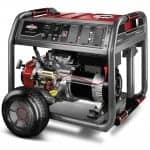
Briggs & Stratton Elite Series products have heavy-duty components and features for long-lasting durability. They perform tirelessly around the home, farm or on the job.
Surge is the additional power a motor or other inductive loads require to start. Many motors use triple their running power as they start. A refrigerator that normally uses 900 watts will require 2700 watts for a second or two when the compressor motor starts.
If the power in watts is not provided for an appliance, calculate it by multiplying volts by amps. Amps should be provided on an appliance nameplate. In some cases, power is expressed as V-A, which roughly translates to watts.
A five-amp appliance that runs on 120 volts uses 120V x 5A = 600 watts.
Some generator brands list their models by surge load rather than continuous load. Compare these two models. Although they appear similar, one provides much more power than the other.
- Company A offers the M-3500 with 4200 watts of surge power and 3500 watts continuous power.
- Company B offers the S-3700 with 3700 watts of surge power and 2900 watts of continuous power.
Selecting a good portable generator that fits your purpose and your power requirements will ensure your investment provides long-lasting service and electrical power when and where you need it.

